You know what, we’re sick of waiting for Valve to remember Australia exists. We think it’s time we start talking about Steam Deck alternatives.
At the time of this writing, it has been 761 days since the Steam Deck launched in the United States on February 25, 2022. In the period since, Australians have waited (sometimes impatiently) for news of a local release date. Australian gamers, of course, are nothing if not industrious. When our globally remote location keeps us at arm’s length from the products we want, we figure something out. We come up with convoluted ways to import those products from the US. We’ll take a punt on a warranty-free grey import, even know we know the risks. We’ll badger the company responsible online until they deign to respond to our demands. We’ll theorise wildly about why they definitely hate us and wish us all a lifetime of suffering.
And a few of us will go on the hunt for alternatives. That’s where this piece comes in. For those of you sick to death of waiting for Valve to get its arse in gear and officially launch the Steam Deck in Australia, we’ve put together a short list of potential Steam Deck alternatives that you can get in Australia (or at least buy locally from the official stockist) and some that even rival the Steam Deck for power and performance. For those we’ve personally tested, we’ve also included our thoughts on how they run to help you make the choice that suits your intended play style best.
Table of contents
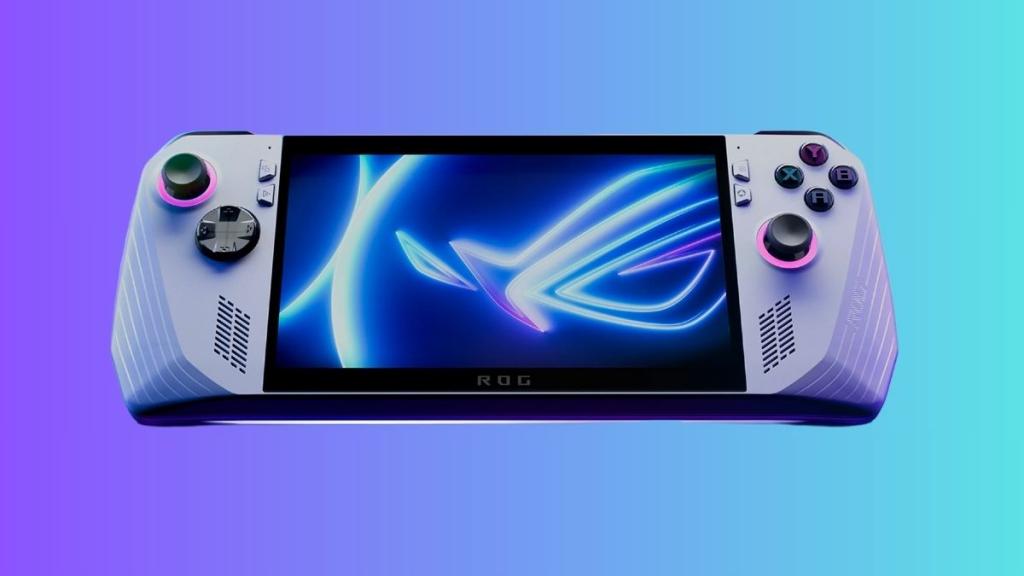
ROG Ally
The ROG Ally is still a relatively new kid on the block from ASUS as a 2023 entry into the market. Our review on launch described it as a “perfectly imperfect travel buddy” with solid graphics on the 7″ display and relatively decent loading times. In further testing, there are a number of drawbacks, with issues ranging from the ease of accidentally touching the screen while using the controls, a propensity for getting very hot while in use, as well as a less than user-friendly amount of mucking around with it to get it game-ready. If you’re after a pick up and play style handheld in the same vein as you might see with a Nintendo Switch, the ROG Ally might not be for you. However, when connected to a TV and using a controller it does run PC games very well, even those that have just released (with some optimisation issues depending on the title you’re trying to play as far as controls go). It’s a solid size – small enough to be easily portable, but perhaps a little to unwieldy for those with smaller hands. It also offers the option of pairing with an external GPU, monitor, mouse, and keyboard for 4K gaming that rivals that of some PCs if you’re keen on a handheld and regular PC experience. In fully handheld mode, it offers a Full HD 120Hz display with access to Steam, Xbox Game Pass, Android apps, Epic, GOG, and more. On the more technical side, you’re looking at an AMD Ryzen Z1 Extreme APU with RDNA 3 graphics, 16GB LPDDR5 RAM, and 512 GB PCIe 4.0 SSD.
Price: Starting from $AU1299
Website: ROG
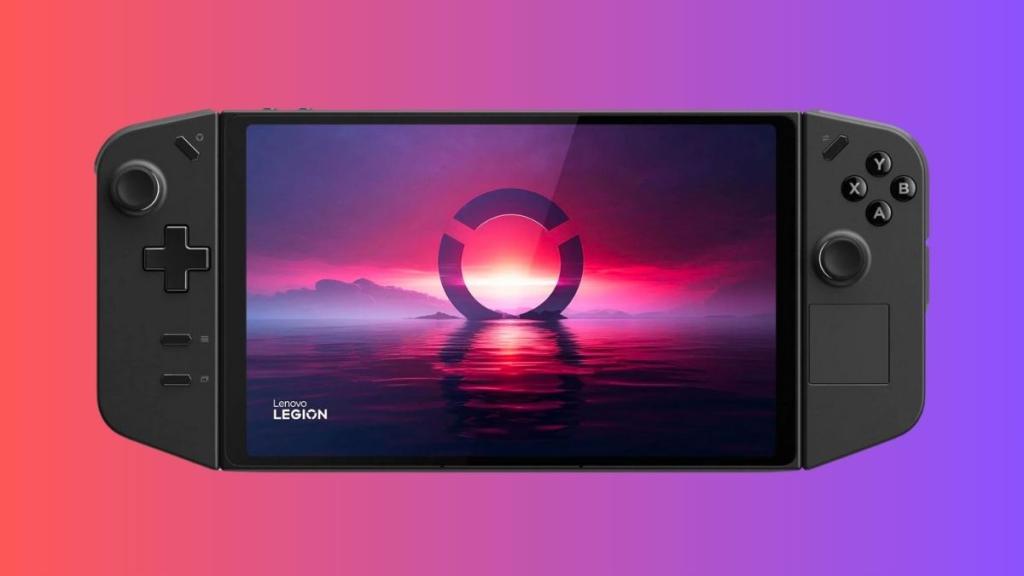
Lenovo Legion Go
The Lenovo Legion Go is another newer Steam Deck alternative, and comes with an immensely versatile Windows tablet, a solid 8.8″ screen, and removable Joy-Con style controls. It has great specs, however as with many of the other handheld gaming options on this list does have its own flaws. It’s quite a heavy handheld and has a 1 hour maximum battery life if you’re playing medium to intense games, and much like the ROG Ally produces approximately a third of the temperature of the sun through its vents when in use. Despite this, it’s a solid option for those fiending a Steam Deck but not keen on grey imports – you’re looking at a display of up to 144Hz, an up to AMD Ryzen Z1 Extreme with RDNA Graphics processor, 16GB 7500Mhz LPDDR5X memory, and in terms of storage, up to 1TB PCIe 4.0 NVMe M.2 2242.
Price: Starting from $AU1499
Website: Lenovo
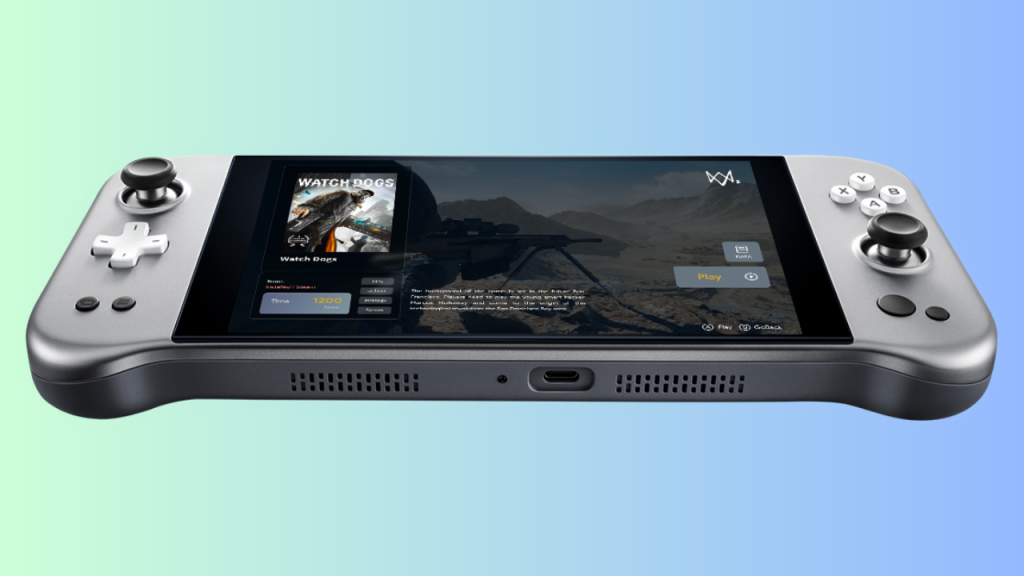
Aya Neo Next
Over the last few years, Aya Neo has led a serious push to become the next biggest name in portable gaming — or at least, the most visible — particularly in territories that Valve has overlooked for Steam Deck launches. The Aya Neo Next and the Aya Neo Next Pro are the company’s most powerful units — lightweight and portable enough to travel with you and gutsy enough to run some decent games, but that comes with a caveat. We’d recommend dropping the settings down and becoming comfortable with playing older games on it if you want to run anything natively and still get decent battery life out of it. However, as a cloud streaming device, it is worth its weight in gold. Packing an AMD Ryzen 7 5825U CPU with 16GB RAM and 1TB of onboard storage, the Aya Neo Next starts at just over $AU1,300. It obviously doesn’t have the smooth OS experience of Steam OS, but what it lacks in presentation, it makes up for with performance and compatibility.
Price: Starting from $AU1315
Website: Aya Neo
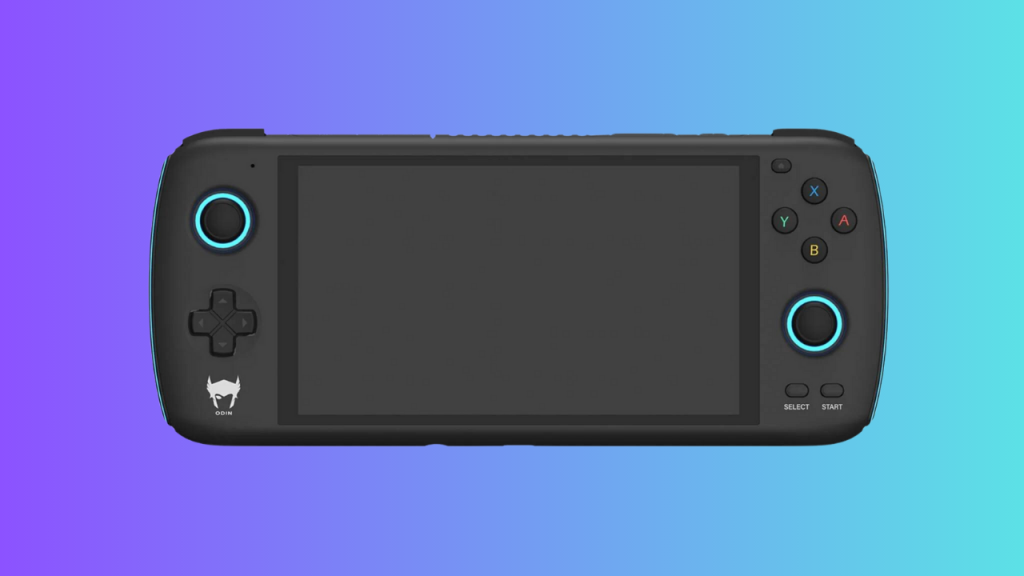
Ayn Loki
Ayn is a name that doesn’t come up as often in the conversation about Steam Deck alternatives as the Aya Neo, but it should. The original mode, the Ayn Odin, was positioned as a clear alternative to the now-underpowered Nintendo Switch. The Loki, the company’s sophomore device, is very much built to chase after the Steam Deck (though it may quickly run out of breath).
The trade off with the Ayn Loki is that it doesn’t boast the hardware of the Aya Neo Next or even the ONEXPLAYER (which we’ll touch on later in this piece). Inside, you’ll find an AMD Ryzen 5 6600U, 8GB RAM and a fairly meagre 128GB of onboard storage. Its 6-inch screen is also smaller than the 7-incher found on the Aya Neo. Despite that overall lack of power, the Loki acquits itself handily as a cloud streaming device on every level. At just $US489 (around $AU730), it’s also cheaper than the Steam Deck and the Aya Neo Next. Something to think about.
Price: $AU730, exchange rate depending
Website: Ayntec
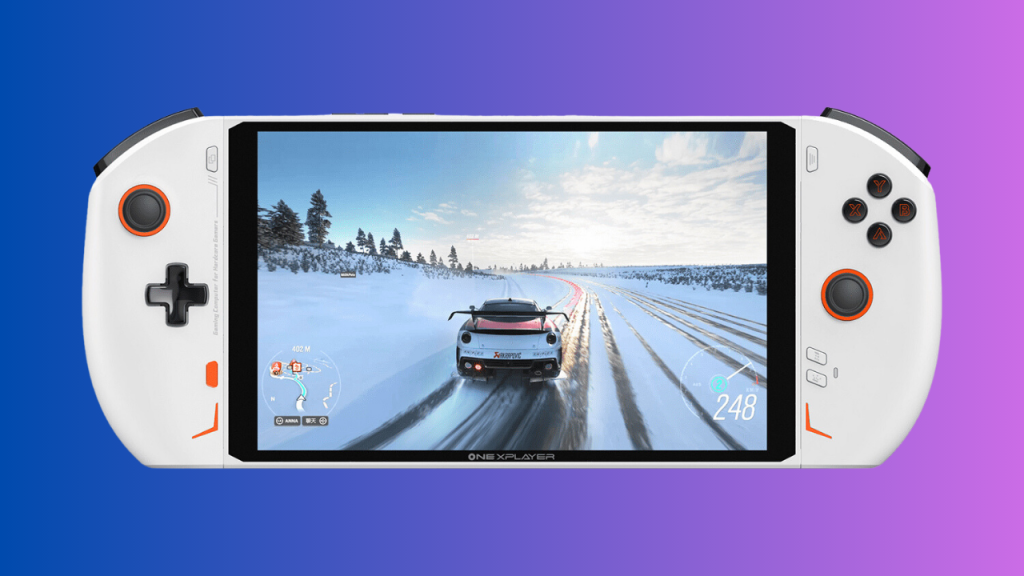
ONEXPLAYER 2
The ONEXPLAYER spikes the price way back up above the Ayn Loki, but it balances this out by being one of the more powerful Steam Deck alternatives in the handheld space. It’s an easy match for the Aya Neo Next on paper, but where the ONEXPLAYER extends its lead on the Next is in the extra space it leaves for unit-to-unit customisation. You can take the ONEXPLAYER 2 from 16GB RAM+512GB storage config all the way up to a beefy 32GB RAM+2TB version. All versions contain an AMD® Ryzen 6800U processor and the unit’s large 8-inch screen.
The downside is that the higher-end versions are more expensive overall than the Aya Neo, but if you can part with the extra cash, you’ll find yourself with a handheld that makes a very strong case for itself.
Price: Starting from $1,867, exchange rate depending
Website: ONEXPLAYER
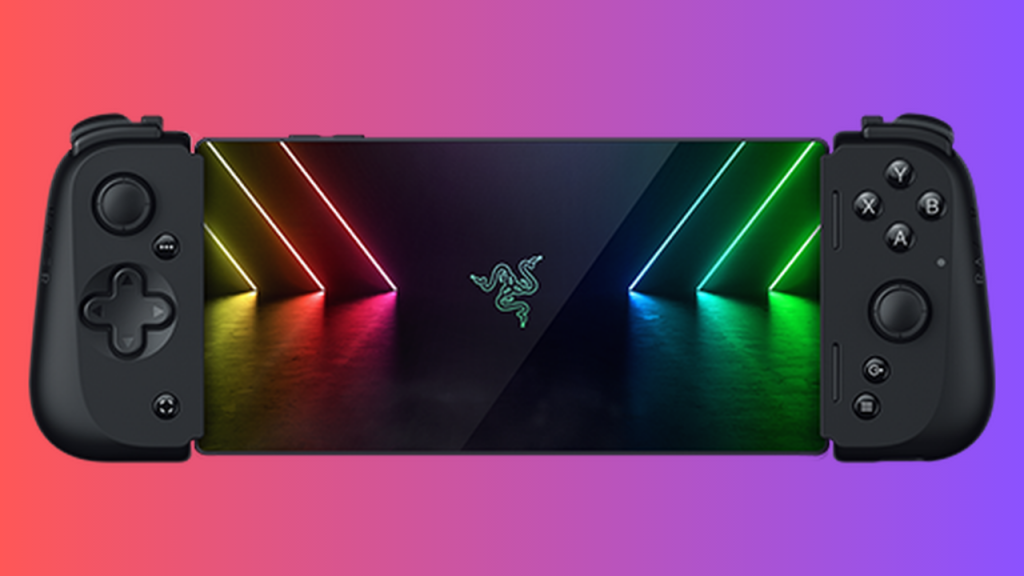
Your own damn smartphone
Chances are, there’s a smartphone of some sort in your pocket right now. You might even be reading this article on that very smartphone right now! The humble smartphone, regardless of whether you’re an Apple or Android enjoyer, is a powerful gaming device in its own right. Set yourself up with a controller attachment (or Bluetooth game controller of your choice), fire up a cloud streaming platform like Xbox Cloud Gaming, and you’re all set.
The Razer Kishi V2 is an excellent and comfortable option for phones and tablets of different sizes. Backbone has been making similar devices for years, and you can pick them up from retailers like EB Games. The humble Xbox controller can be used via Bluetooth if you prefer something you can move around against a stationary screen.
Price: From $169.95
Website: Razer (Kishi V2 for Android, Kishi V2 for iPhone/iPad)

Convertible gaming laptops
There are other options if you’d prefer something portable but powered like a genuine gaming PC. Devices like the ASUS Rog Flow Z13 in a 14-inch are probably our pick here, though the Microsoft Surface Book or the Acer Nitro 5 Spin both make strong arguments for themselves. All of these devices add a little weight over the light-and-easy handhelds, and they do spike the price considerably — but if raw power is what you want, raw power is what you’ll get. With gear like this, there’s obviously a trade-off on battery life. Devices like the ROG Flow Z13 are designed to go between work and home environments as well, so if you’re after a portable gaming system that really can do it all, it may provide the answer.
Price: From $3,339
Website: ASUS
There you go, just a few of our favourites for anyone hunting down Steam Deck alternatives. Maybe one day, Valve will remember we’re down here and launch its popular handheld on Australian shores. Until then, we make do with what we’ve got — and what we’ve got is fairly impressive, as you can see.
Have we missed any? Have you had experience with any of these models? Leave a comment down below to help your fellow Steam Deck hunters out.
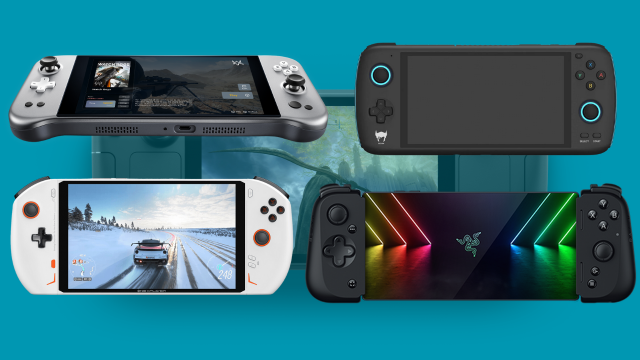
Leave a Reply